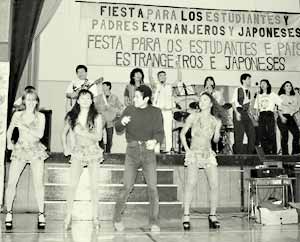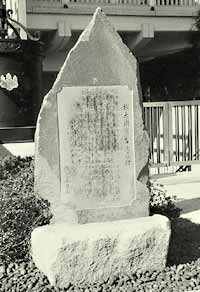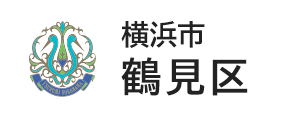- Yokohama-shi Top Page
- Tsurumi Ward Top Page
- Introduction of ward
- Overview of Tsurumi Ward
- Booklet "Tsurumi Komachi, this person"
- International exchange in Tsurumi
Here's the text.
International exchange in Tsurumi
Last update date November 1, 2018
※The contents of the publication are partially excerpted from the booklet "Tsurumi Komachi Kono Hito" issued in March 1999. This booklet was edited by the editorial committee of the “Tsurumi-no-Machi Kojin” by the inhabitants of the ward, and was issued by the “Ichimachi Tsurumi Movement Promotion Committee”.
Therefore, please note that the contents may differ from the current one.
Yokohama's second largest ward with foreigners

<Festival of Latin America” pre-event>
2021 Korean and Koreans, 1339 Brazilians, 868 Chinese, 473 Peruvians, 469 Filipinos, and 860 others (as of January 31, 1999). Of the approximately 250,000 inhabitants of Tsurumi residents, 6030 foreign registrants and 2.4% (1 in 42) are foreigners, and Tsurumi Ward is the second largest ward in Yokohama, after Naka Ward.
Migrants who have moved in for a long time
In the middle and late Yayoi period, in the Tsurumi River and Hayabuchi River basins, moat settlements and square tombs (Otsuka, Toshikatsudo archeological site, and national designation), which are believed to have developed while drawing the genealogy of Korean rural culture, were found in the Tsurumi River and Hayabuchi River basins. . In addition, there is a mountain called Komayama in Oiso-cho. It is reported that visitors from Goguryeo in Korea landed on this mountain as a landmark and settled. Hadano City is also said to have been inhabited by the family of the immigrants, Hata. From the 4th century to the Nara era of the 8th century, it is thought that the immigration of people from the continent, especially Goguryeo, Kudara, Silla, etc., and the spread of various cultures were repeated many times.
The Beginning of International Exchange
In 1859, the Yokohama Port opened, foreigners began to settle in Yokohama. However, the differences in foreign cultures and customs, and language barriers are too large, and in 1862 (1862) In 1862, a U.K. merchant who tried to cross the daimyo procession was killed in 1862 (1862), a U.K. merchant who tried to cross the daimyo procession was killed. This "raw wheat incident" that took place in the cold village became the starting point of the Satsuhide War and accelerated the opening of the country. It was an opportunity to influence the Meiji Restoration later.
The starting point of humanism

<Recognition monument of Chief Tsuneyoshi Okawa built on the grounds of Tojoji Temple>
After the annexation of Korea and Korea in 1910, many Koreans and Koreans moved to Japan. After entering Taisho, land reclamation began, around 1920 (1920), when the Keihin Industrial Zone was formed, many workers from the Korean Peninsula and Okinawa began to live in the Shiota area.
However, at that time, discrimination against foreigners was persistent, and due to the Great Kanto Earthquake, the hoaxes of Korean riots flowed, causing incidents of killing Koreans. At the time of Tsurumi, Tsuneyoshi Okawa, chief of Tsurumi Police at the time, saved many Koreans and did not kill any single person. Mr. Okawa's actions were the starting point of humanism.
Later, a commemorative monument to honor his virtue was erected by a Korean volunteer at Tojoji Temple (3-chome Shiodacho) of the Okawa family's Bodaiji Temple. The visitors are still constant.
For inquiries to this page
Tsurumi Ward General Affairs Department Ward Administration Promotion Division
Phone: 045-510-1680
Phone: 045-510-1680
Fax: 045-510-1891
Email address: tr-kusei@city.yokohama.jp
Page ID: 644-564-254













